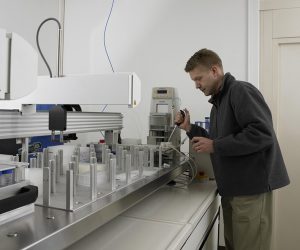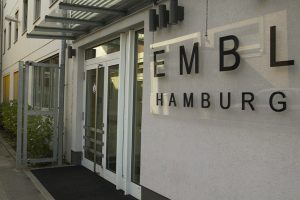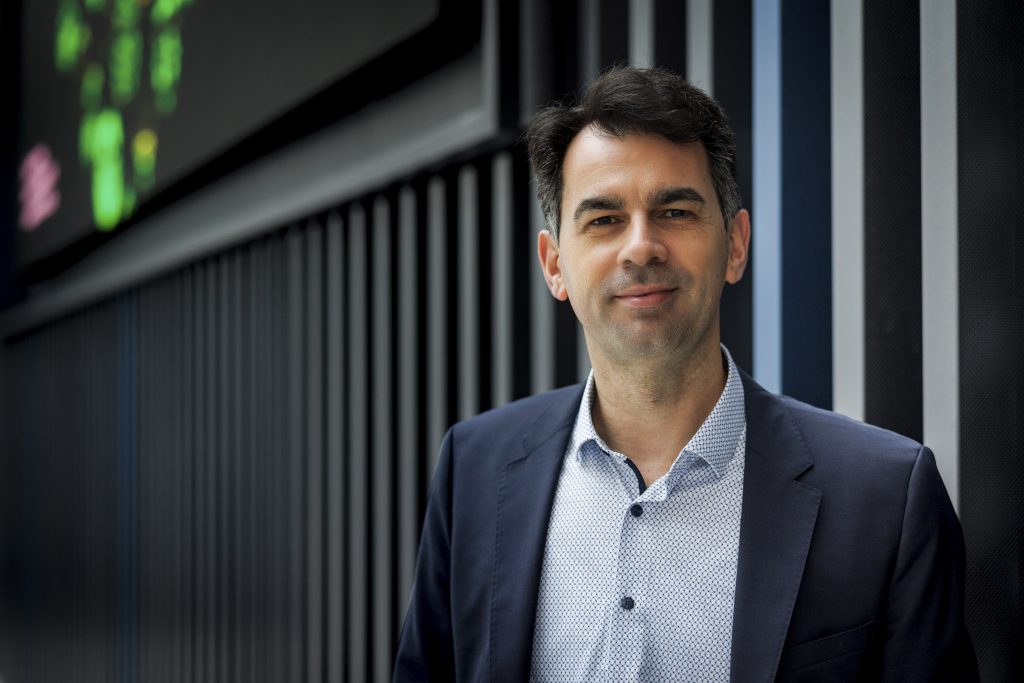Read the latest Issue
New high-throughput crystallization facility at EMBL Hamburg to give boost to structural biology community
Today the European Molecular Biology Laboratory (EMBL) opens a new highthroughput crystallization facility at its Outstation located on the campus of the German Synchrotron Radiation Facility (DESY) in Hamburg, Germany. The facility, made possible by major funds from the German Ministry for Science and Education (BMBF), will combine technological advances in new ways to transform proteins into crystals, a key step in efforts to automate the process of analyzing protein structures. “We’re very grateful to the BMBF and the European Union for supporting the initiative, and thus providing an important service to the European life sciences community,” says EMBL Director General Iain Mattaj.
Structural biologists attempt to understand how proteins perform their many functions by determining their threedimensional structures by X-ray crystallography. The method has been revolutionized by the use of the most powerful sources of X-rays around the world, such as the synchrotron at DESY. EMBL offers scientists throughout Europe access to instruments at DESY and at the ESRF in Grenoble, France.
The atomic structures of biological molecules can provide key information, for example, showing how they assemble into large complexes or how their function can be inhibited by drugs. However, getting proteins into crystal form is still a major bottleneck and a time-consuming step. “It can take researchers several thousand trials to successfully crystallize a protein,” says Jochen Müller-Dieckmann, head of the new facility. But while state-of-the-art synchrotron beamlines throughout Europe are available for use by the research community, there are almost no facilities with large capacities for crystallization. That will change with the new facility in Hamburg. Even prior to the official opening, scientists have shown a keen interest.
The EMBL facility combines technological advances in new ways to automate every step along the crystallization process. With the new high-throughput set up, 10,000 experiments can be run each day, and one million experiments can be stored and imaged. After an initial test phase, the facility will serve users from all across Europe.
“The EMBL Hamburg Outstation is in a critical transition phase, building new beamlines for life sciences at the future PETRA-3 synchrotron radiation ring at DESY in Hamburg,” says EMBL Hamburg Head Matthias Wilmanns. “The opening of the high-throughput crystallization facility is a pivotal step towards building an integrated research center with state-of-the-art facilities in structural biology.”









